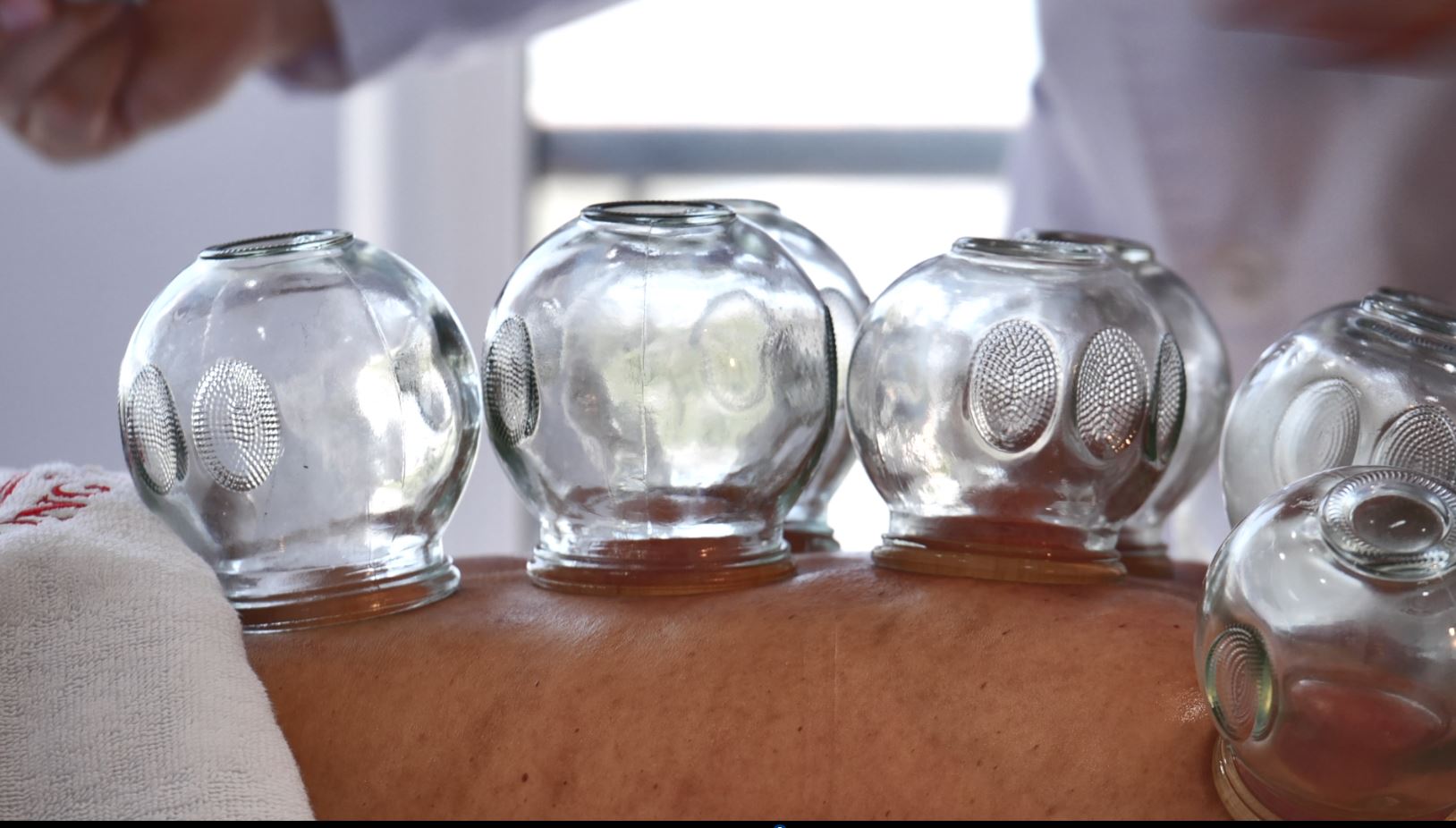Understanding Frozen Shoulder
Frozen shoulder, medically known as adhesive capsulitis, is a condition characterized by stiffness and pain in the shoulder joint. It typically develops gradually, often without any apparent cause, and can significantly limit mobility. The condition is more common in individuals aged 40 to 60 and can be associated with other medical issues such as diabetes or thyroid disorders.
The symptoms of frozen shoulder usually progress through three stages: the freezing stage, where pain intensifies and range of motion decreases; the frozen stage, characterized by a plateau in pain but continued stiffness; and finally, the thawing stage, where mobility begins to improve. This gradual progression can take months or even years, making effective treatment essential for restoring function.

The Role of Cupping Therapy
Cupping therapy is an ancient healing practice that involves placing cups on the skin to create suction. This technique is believed to promote blood flow, reduce inflammation, and facilitate the healing process. In the context of frozen shoulder, cupping therapy can help alleviate pain and improve mobility by enhancing circulation in the affected area.
By drawing stagnant blood and fluids to the surface, cupping therapy encourages the body’s natural healing mechanisms. This increased blood flow can reduce muscle tension and promote relaxation, which is crucial for patients suffering from the discomfort and stiffness associated with frozen shoulder.

Benefits of Cupping in Treating Frozen Shoulder
One of the primary benefits of cupping therapy for frozen shoulder is its ability to relieve pain. Many patients report a noticeable reduction in discomfort after just a few sessions. This pain relief can provide the necessary motivation to engage in physical therapy and stretching exercises, which are vital for regaining mobility.
Additionally, cupping therapy may aid in reducing inflammation around the shoulder joint, further contributing to improved range of motion. As inflammation decreases, patients often experience a greater ease of movement, allowing them to perform daily activities with less restriction. Integrating cupping into a comprehensive treatment plan can thus enhance overall rehabilitation outcomes for those dealing with frozen shoulder.




